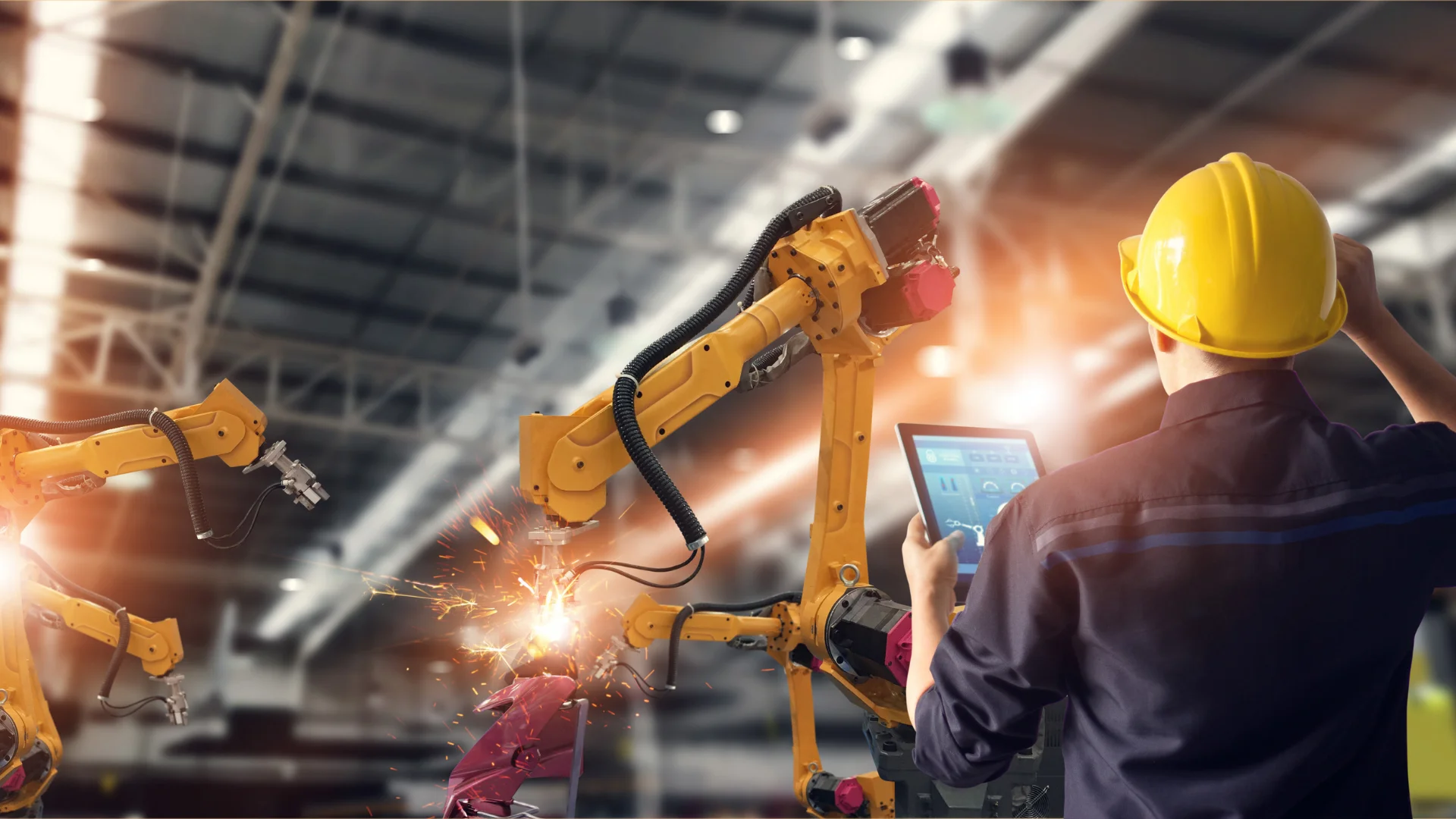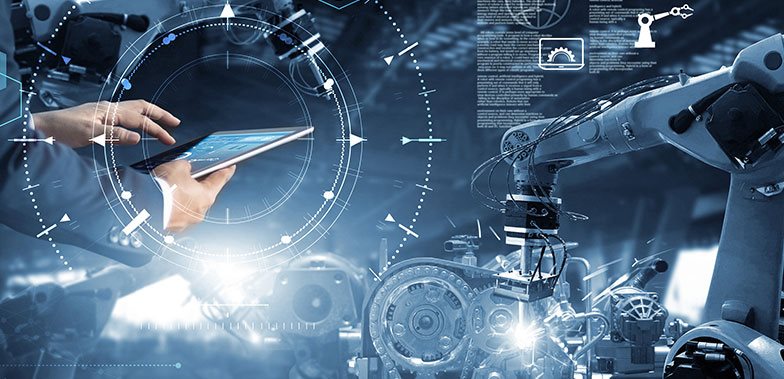Safety in manufacturing industry is important and AI is slowly reshaping this scene. Manufacturing is the automated production of goods from raw materials into finished products. Singapore is well established as a central financial hub in the Asia-Pacific region, recognized as one of the world’s most advanced economies. One of Singapore’s most prominent industries by far is the manufacturing industry. The manufacturing industry accounts for 20%-25% of the nation’s annual GDP. Singapore’s key manufacturing clusters include electronics, chemicals, biomedical sciences, logistics, and transport engineering.
Yet, safety in manufacturing continues to be an issue in this industry. In Q1 2021, the Ministry of Manpower (MOM) reported a 6-month fatality rate of 1.0 per 100,000 workers or four fatalities. The figure was higher than that in the second half of 2020, which saw three deaths or 0.8 per 100,000 workers. According to the (WSH), the industry continues to see one of the highest numbers of injuries. In Q1 2021, manufacturing saw 41 fatal and major injuries.
Common safety hazards are slip and trip falls, heavy machinery, and hazardous materials. Exposure to such hazards can lead to accidents if no proper safety measures exist. These accidents can result in long-term injuries.
Under WSH regulations, workers need adequate training in their roles. They also need to be retrained in the event of a change in standard operating procedures. Proper usage of Personal Protective Equipment (PPE) is a must for the task at hand. Safety officers need to ensure that the appropriate PPE matches the correct function. Safety officers are also required to provide proper worksite housekeeping. They are also required to set up a comprehensive incident reporting system. This would encourage workers to report incidents and potential hazards. Safety officers are also involved in constant safety checks to ensure that workers follow the safety measures.
However, even with all these measures taken, ensuring safety compliance is difficult. Manufacturing worksites, such as factories, are large areas with many moving parts. It becomes difficult for safety officers to ensure operational safety around the worksite.
Safety officers can enlist the help of artificial intelligence (AI)-powered systems. These systems alert safety officers when workers enter the marked-out danger zones. They also identify the wrong usage or absence of PPE, detection of lack of barriers, and other use cases. AI systems can also be integrated with heavy machinery. Through predictive analysis, these systems can predict when machines need maintenance. It can even predict any mishaps that may occur. This would improve safety in manufacturing. Here are five (5) benefits of AI in manufacturing:
1. Ensures PPE compliance and overall safety
Safety officers can use AI-powered cameras to monitor the worksite. Computer vision and video analytics are the key components of this technology. They enable computers and systems to derive meaningful information from visual inputs. It also makes actionable insights or recommendations based on processed information. The system uses inputs such as on-site cameras and sensors to gather information. Using cameras with computer vision on-site provides safety officers with real-time footage. The system can also detect safety breaches. It can identify when workers are too close to heavy machinery or improper usage of PPE.
Computer vision can be further enhanced through machine learning. AI-powered cameras take millions of images on a construction site. The AI system then analyzes this data, further developing its capabilities. The system then ‘learns’ and improves its accuracy flagging potential safety breaches. As the system adapts to its work environment, it improves its identification ability. It can even detect whether the worker is wearing a hard hat or any other form of headgear.
Hence, safety officers will know in real-time when there is a breach in safety. and can act in real-time to address the violations. This prevents accidents and improves safety in the manufacturing
2. Predictive machine maintenance
The manufacturing industry is heavily dependent on machinery, overall lifespan, and performance. AI systems can assess the millions of data points it receives to build predictive models. This enables AI systems to predict any failure ahead of time. Maintenance managers can make the shift from responsive maintenance to predictive prescriptive maintenance. This allows them to predict future failures and tackle problems before they arise. Thus, in turn, it reduces machine downtime and maintenance labor costs.
With predictive machine maintenance, there is an improvement in safety in manufacturing. By predicting maintenance needs, machine breakdowns and malfunctions can be significantly reduced. Hence, there will be lesser injuries and accidents caused by machinery breakdown. Damages due to machinery breakdown include entanglement and dismemberment. By predicting maintenance windows, manufacturing machinery can be well maintained. Safety officers can also identify defective and unsafe machinery and prevent usage. This improves the efficiency of the manufacturing line. It also promotes safety and reduces the possibility of mishaps occurring.
3. Task automation reduces health risks and safety concerns
A benefit of AI in manufacturing is automating repetitive and dangerous tasks. Manufacturing worksites often involve repetitive tasks. Such repetition can result in boredom and tiredness amongst workers. AI technology can then be integrated with machinery to automate tasks. Hence, automation reduces human error that may arise due to repetition. However, despite AI’s capabilities, there is no replacement for human ingenuity. Therefore, humans can be better deployed in areas where they are needed.
Automation also enables the human workforce to step away from otherwise dangerous tasks. AI-powered automation can operate under high temperatures and pressure. It can also handle chemicals that would otherwise be dangerous for humans. This prevents workers from injuries such as burns and scalds, promoting safety.
AI-powered automation will also enable workers to have shorter work weeks. AI will allow the facility to run non-stop 24 hours a day all year round, except for general maintenance. Shorter workweeks enable workers to have a better quality of health and be more productive at work. This promotes workplace safety and workplace efficiency.
4. Process optimization and cost reduction through predictive learning
Machine learning is an integral part of AI, and it is a benefit of AI in manufacturing. AI systems can learn through daily operations due to continuous machine learning. The system gathers millions of data points daily and builds data models. It then analyses these data models, recognizes patterns in operations, and ‘learns.’ It can then optimize the current production line by reducing error and costs. This will result in increased efficiency of the manufacturing line. Additionally, costs will be reduced along the supply chain in a domino effect. Hence, leading to better inventory management leading to greater profitability.
5. Effective quality assessment
Another benefit of AI in manufacturing is its ability to process data quickly and effectively. This would be very useful in a production line where quality assurance is necessary. Production lines produce large amounts of goods, and quality assurance is essential. Currently, quality assessment is carried out by a dedicated Quality Assurance department. However, as with all employees, they are prone to human error. Quality assurance can be more efficient with the help of AI-powered cameras. These systems can monitor every part of the assembly line. The system can capture and process large amounts of data. It can then identify goods that do not pass the quality standards. This information will be relayed to quality assurance officers for necessary actions. The system can carry out this process very quickly and over large areas. The adoption of AI can reduce errors by improving precision. Hence, AI can improve the efficiency and accuracy of quality assurance and develop a positive workplace safety culture.
AI is a valuable tool for safety in the manufacturing industry. It helps monitor and enforce safety. It also improves efficiency and precision while reducing costs. Our product SAFEKEY, is a solution that manufacturers can use to minimise workplace accidents and improve overall safety. Safekey’s software analyses safety data to send alerts when violations are detected.
Video analytics can save lives in the workplace and improve the workplace safety culture. Follow our website and updates for more information, and sign up now for a free and customized demo. We can show you how your cameras can be converted into smart 24/7 safety enforcers and upgrade your worksite.


